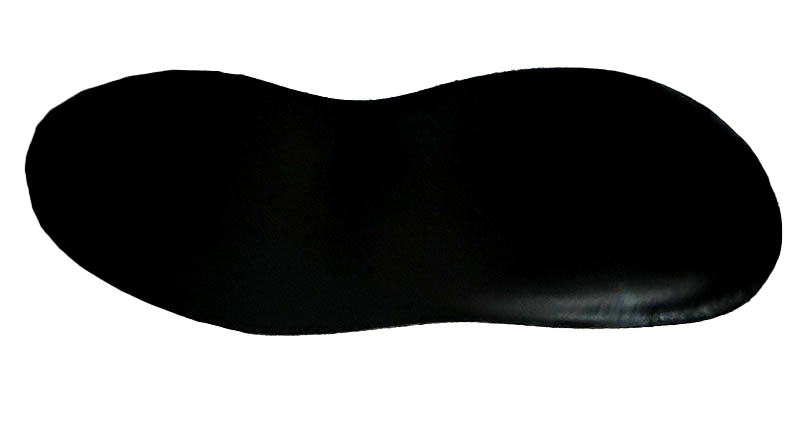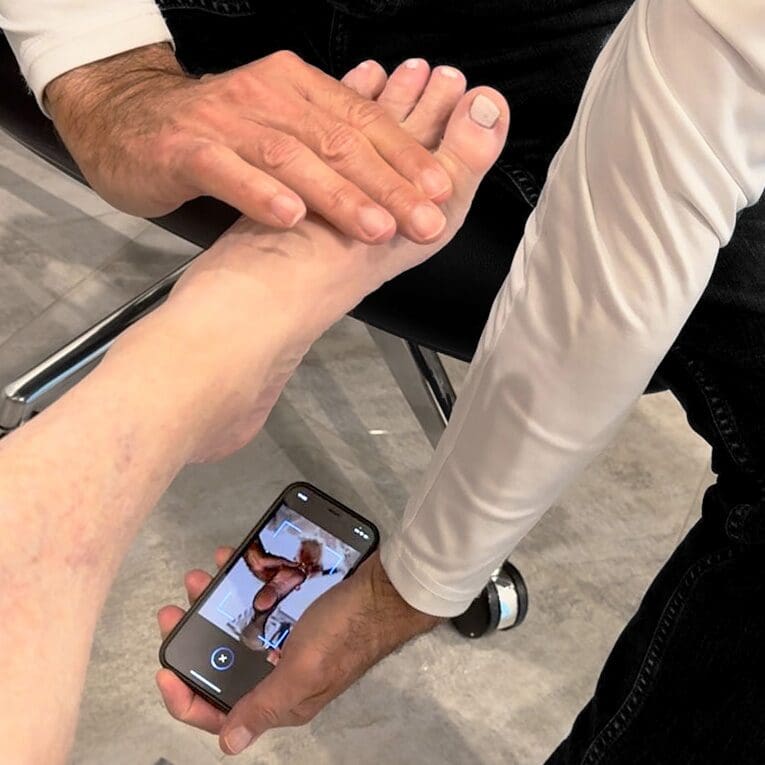What are Custom Foot Orthotics?
In contrast to over the counter insoles, custom foot orthotics are prescribed following a comprehensive biomechanical evaluation. By addressing underlying gait imbalances, custom orthotics can effectively reduce abnormal forces on the feet, ankles, legs, knees, and lower back. This leads to improved alignment, stability, and shock absorption, promoting pain-free movement and enhanced overall function.
Over the Counter, Prefabricated Insoles
Prefabricated, over the counter insoles are mass-produced insoles that provide general arch support and cushioning. They are designed to offer immediate relief for minor foot discomforts and less complicated biomechanical issues.
Choosing the Right Prefabricated Insole
Choosing the right prefabricated orthotic can be a challenging process for consumers, as many online descriptions and claims can be misleading or difficult to understand. Finding the correct prefab often involves trial and error to find the best solution for a specific condition.


Role of Healthcare Professionals in Modifying Prefabricated Insoles
Consulting a professional, such as a podiatrist or a certified pedorthist, can help ensure that you receive the correct prefab insole for your needs. These professionals can also modify the prefabricated device to enhance its effectiveness, a crucial step that requires expert knowledge and experience.
By seeking professional guidance, you can make more informed decisions and achieve better outcomes with prefabricated insoles.
When You Need Custom Orthotics
While prefabs can help alleviate mild pain and improve comfort, they are not tailored to an individual's specific foot structure or biomechanics and may not address the underlying cause of more complex conditions. If prefabricated insoles fail to alleviate pain or if a more complex biomechanical condition is present, transitioning to custom orthotics is recommended. That’s when it’s time to see a Podiatrist and or Certified Pedorthist for their expertise in fitting custom foot orthotics.


Custom Foot Orthotics
Custom orthotics are highly personalized devices made from an impression of the foot. Advanced technology, such as a 3D scanning system, captures the exact contours of the foot. These contours are used to design an orthotic that matches the unique shape of each foot, as no two feet are exactly alike.
Custom orthotics are meticulously designed to not only alleviate excessive pressure on the feet and legs but also to absorb shock and redirect forces that can impact the knees, hips, and spine. By optimizing gait and providing targeted support, these orthotics can enhance performance in various activities while addressing a wide range of foot and lower limb conditions.
Sport-Specific Custom Orthotics
Custom orthotics can be designed for the unique demands of specific sports:

Condition-Specific Custom Orthotics
Custom orthotics can also be tailored to manage these and many other lower extremity conditions caused by specific biomechanical imbalances:

Footwear and it’s Role in Orthotic Effectiveness:
The effectiveness of foot orthotics is highly dependent on being paired with the right footwear. An orthotic can only support the foot effectively if the patient is fitted in the correct shoe. There is no one-size-fits-all shoe recommendation, as the ideal shoe choice varies based on individual biomechanics and the type of orthotic device.
Selecting the right shoe involves a careful evaluation of the person's foot structure, gait, and specific needs. Pairing a shoe with an orthotic requires a balance of support and cushioning, a science well-understood by podiatrists and board-certified pedorthists. With their expertise, professionals can ensure that the footwear enhances the orthotic's benefits, leading to improved comfort, support, and overall foot health.
Improved Patient Outcomes: Our Premier Orthotic Lab
When it comes to custom orthotics, choosing a premier lab with over 50 years of experience can make a significant difference in patient outcomes. Our lab has been selected because of its proven track record of improving the lives of patients through meticulously crafted orthotic devices.

3D Scanning Technology:
Our lab partners utilize the latest technology available, including advanced 3D scanning systems, to ensure a precise fit and optimal functionality. This technology is based on the extremely accurate face ID technology of the iPhone and has been successfully used to produce large volumes of custom orthotics for over 4 years now.
Orthoticlink’s commitment to excellence extends to both patients and practitioners, providing confidence in the quality and efficacy of our orthotics. With decades of expertise, our top-tier lab is dedicated to delivering superior products that enhance comfort, correct biomechanical imbalances, and support overall foot and lower extremity health.
